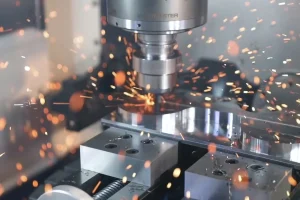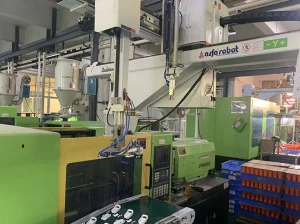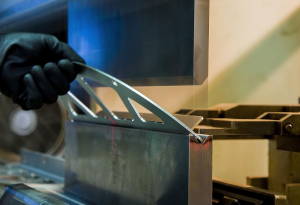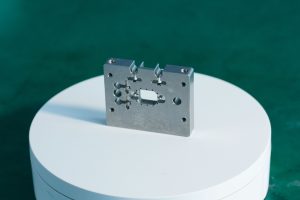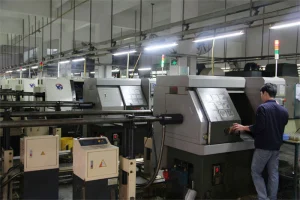CNC 4軸加工は、回転軸を追加するCNC加工方法です (通常、AまたはB軸) to the traditional 3-axis machining (x, Y, and Z axes, controlling left and right, front and back, and up and down movement, respectively). Because CNC 4-axis machining strikes a balance between complexity and cost (cheaper than 5-axis machining and more flexible than 3-axis), it is widely used in the following fields:
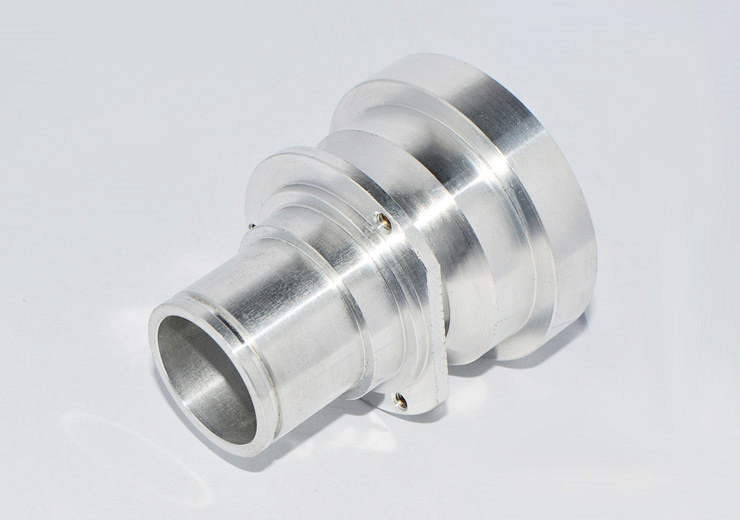
- Mechanical Parts Machining
Shafts: Drive shafts with spiral grooves and multi-directional grooves on stepped shafts.
Discs: Uniform circumferential holes in flanges and beveled grooves on gear end faces.
Special-shaped parts: Multi-angle mounting holes in brackets (such as automotive chassis brackets).
- Mold Manufacturing
Injection molds: Oblique core-pulling grooves on the side of the cavity and curved parting surfaces.
Stamping molds: Inclined cutting edges on the die and corner cleaning of complex surfaces.
- Aerospace and Medical Devices
Impellers/Blades: Such as curved blades for small turbines (the workpiece must be rotated to coordinate tool feed to ensure a uniform blade curvature).
Medical Accessories: Such as the curved, bonded structures of orthopedic implants (artificial joints) and the multi-angle cutting edges of surgical instruments.
- Crafts and Precision Components
Special-Shaped Engraving: Such as three-dimensional patterns on metal ornaments (360° engraving is achieved by rotating the workpiece).
Electronic Components: Multi-directional pinholes for connectors and curved mounting sockets for sensors.

